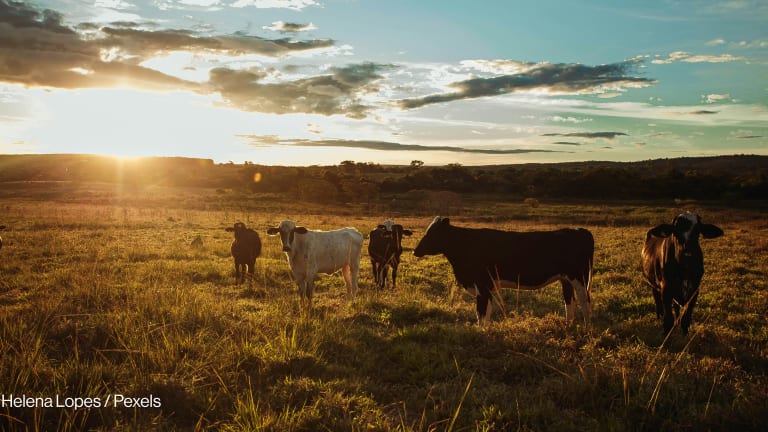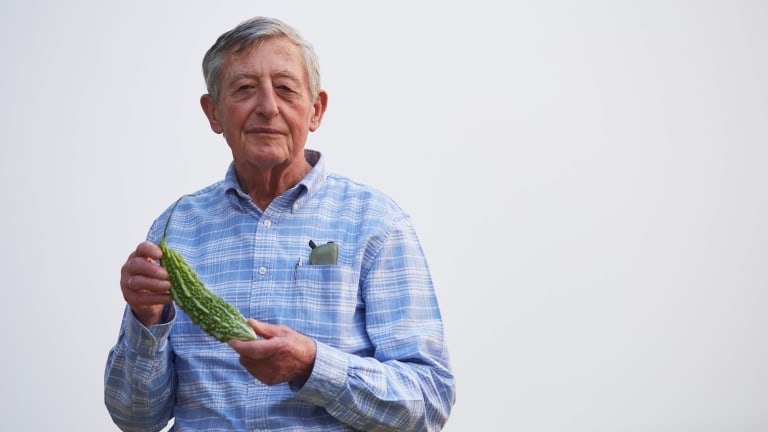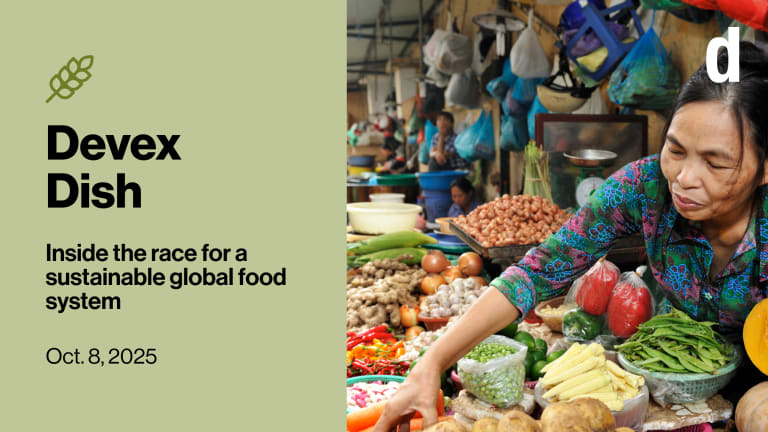Sheshrao Jadhav spends his day walking around his dairy farm and worrying about the sustenance of both his family and cattle. In just the past year, he has had to sell over 120 cattle from his dairy farm, all because he could not afford to feed them anymore as fodder rates continued to increase exponentially.
Left with 230 cattle on a farm that can house at least 500 animals, Jadhav is looking to sell a few more if the fodder shortage continues. His neighbors and fellow cattle owners are in the same tricky situation in Rahuri village of Ahmednagar district in the west Indian state of Maharashtra.
India is grappling with a severe fodder shortage, a crisis largely attributed to the escalating impacts of climate change. Erratic weather patterns, including prolonged droughts and intense heat waves, have significantly reduced fodder production across the country. This scarcity has led to skyrocketing prices, with fodder costs nearly tripling in some regions over the past two years. The shortage is further exacerbated by shrinking cultivation areas due to urbanization and the diversion of land for commercial crops.








